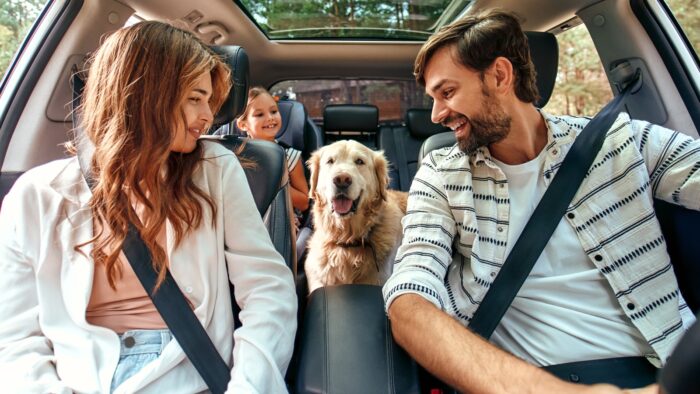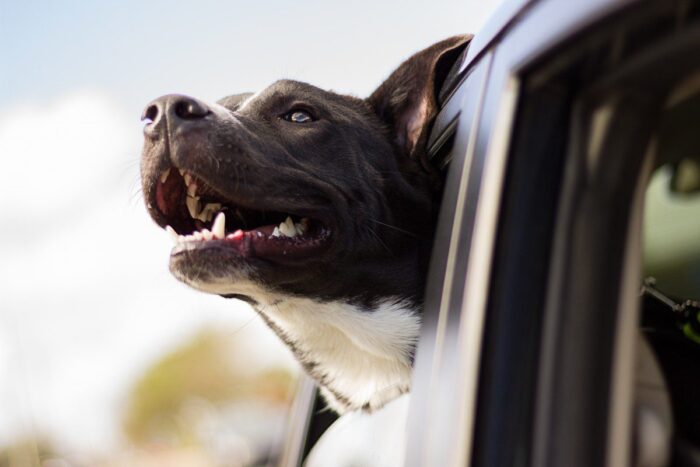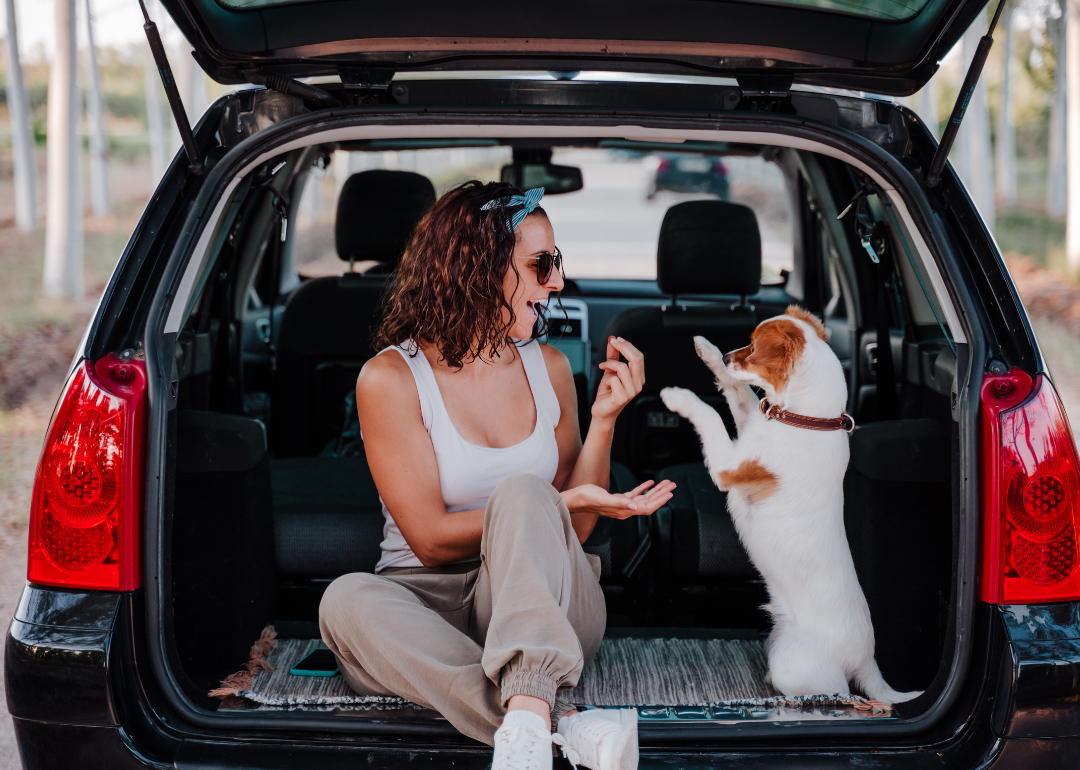
Moving interstate can be an exciting and challenging experience, especially when you’re moving with your kids. Aside from preparing your belongings, there are other things that you need to do to prepare your whole family including your pets for the upcoming changes.
As you start planning the details of your move, consider visiting the website of removalists in your area to request a quote. This will help you determine if a DIY move or hiring professionals for your move is a more practical option. When it comes to complex moves, the cost of hiring professionals may be more practical instead of doing everything on your own, especially when young children and pets are involved. The process can be challenging, but it can be turned into a positive experience with proper planning and preparation. Here are some tips that you can follow to prepare for your long-distance move:
Discuss the move as early as possible
Once you have a moving date in mind, inform your children about the move. Discuss the details of the move, including why moving to a new home is necessary. Encourage them to ask questions and express their thoughts about the move. Keep in mind that children can be overwhelmed by such changes and they may need help in processing their emotions. Hence, you have to be very patient in guiding them throughout the process.
Involve them in the process

When possible, get the children involved in the decision-making process. Share the options with them and consider their preferences on certain aspects of the move. For example, if you’re buying new items to be delivered and used in your new home, you can ask them to choose items for their bedroom rooms. This will give children some sense of control and involvement, making it easier for them to adjust to the changes around them.
Research about the new location
Gather the members of the family and research about the new location or neighbourhood together. Get as much information as you can about the community including nearby schools, parks, shops, and other amenities that will be essential to your family when you move. You can highlight some of the positive aspects of the move to make the kids more excited about moving to your new home.
Plan the moving day
Explain the moving process to your children and let them join in planning the day. Depending on the age of your children, it may be safer to ask family or friends to look after them on the moving day. Having them stay in a safer location will allow you to focus on moving-related tasks without worrying about them moving as you relocate items to the moving vehicle.
Keep a few familiar items
Whilst buying new things for the new home will give the kids something to look forward to, keeping some of their favourite things can also help them adjust. No matter how exciting the changes are, there will be times when the kids will miss your old home. Keeping at least one of their favourite items will provide them with a feeling of comfort and familiarity, especially when they are overwhelmed by the changes.
Maintain routines even after moving

Depending on the type of neighbourhood you’re moving into, it may be challenging to maintain the family’s routine. However, it is highly recommended that you maintain certain routines to make the adjustment easier for you and your children. For example, you can keep schedules for meal times, studying, playtime, and weekend activities. This is another way of providing everyone a sense of familiarity as you all adjust to the changes in your new home.
Give enough time for goodbyes
Consider organising a small gathering of family and friends before leaving your old home. Take photos, exchange stories, play games, and create a positive environment that will allow your children to say goodbye without bitter feelings. In case you don’t have them yet, help your children exchange contact information or addresses with their friends so they can stay connected after the move.
Make new friends
Encourage your children to make new friends, especially in school. You might also want to consider enrolling them in local activities or clubs, giving them an opportunity to meet new people and form a connection to their new community.
Try new things together
Whether you’re done organising everything in your new home or you need a break from all the work, look for activities in the community that you can try with the whole family. Aside from visiting nearby parks or activity centres, research about unique activities that you can do during weekends or holidays.
As you may already know, moving can be a stressful experience for both humans and pets. The change in environment, routine, and the journey itself can be overwhelming for our furry friends. However, with proper preparation, you can make the transition smoother for your pets during a long-distance or interstate move. Here are five essential tips to help you prepare your pets for the journey:
Visit the Veterinarian
Before embarking on a long-distance move, schedule a visit to the veterinarian for a thorough health checkup. Ensure that your pet is up-to-date on vaccinations and discuss any specific concerns related to the move. If you’re moving across state lines, check the local regulations and requirements for bringing pets into the new area. Some places may have specific vaccination or quarantine requirements. The veterinarian can also provide advice on calming aids or medications that may help ease your pet’s anxiety during the journey.
Gradual introductions to travel equipment

Help your pet acclimate to the carriers or travel crates they will be using during the move. Start by placing their favourite toys, treats, or a familiar blanket inside the carrier to create a positive association. Gradually increase the time they spend in the carrier, making it a comfortable and familiar space. This step is crucial for pets who may not be accustomed to confinement or travel. For longer journeys, consider taking your pet on short car rides leading up to the move to get them used to the sensation of being in a moving vehicle.
Maintain routine and familiarity
Pets thrive on routine and familiarity, so try to maintain their usual schedule as much as possible during the moving process. Stick to regular feeding times, walks, and play sessions. If you’re stopping overnight during the journey, bring familiar items such as their bed, toys, and food bowls to create a sense of continuity. Familiar scents and belongings will provide comfort and reassurance to your pet in the midst of the changes happening around them.
Identification and microchipping
Ensure that your pet’s identification tags are up to date with your current contact information. Additionally, consider having your pet microchipped if they aren’t already. In the chaos of moving, there’s always a risk of pets getting lost. A microchip can be a lifesaver, providing a permanent and secure form of identification. Make sure the microchip is registered with your current contact details, including your new address and phone number. This precaution ensures a better chance of reuniting with your pet in case they go missing during the move.
Plan for comfort and safety during the journey
Make the journey as comfortable and safe as possible for your pet. Ensure proper ventilation in their travel crate or carrier, and secure it in the vehicle to prevent any sudden movements. Pack a travel kit for your pet, including their food, water, bowls, medications, and any necessary grooming supplies. Plan for regular breaks to allow your pet to stretch their legs, go for a short walk, and relieve themselves. Keep an eye on their behaviour, and if they show signs of stress or discomfort, take additional breaks to reassure and comfort them.
Long-distance moves require thoughtful planning and consideration. By addressing their physical and emotional needs, maintaining familiarity, and ensuring their safety, you can minimise stress and make the transition to a new home a positive experience for your family and furry companions.
















